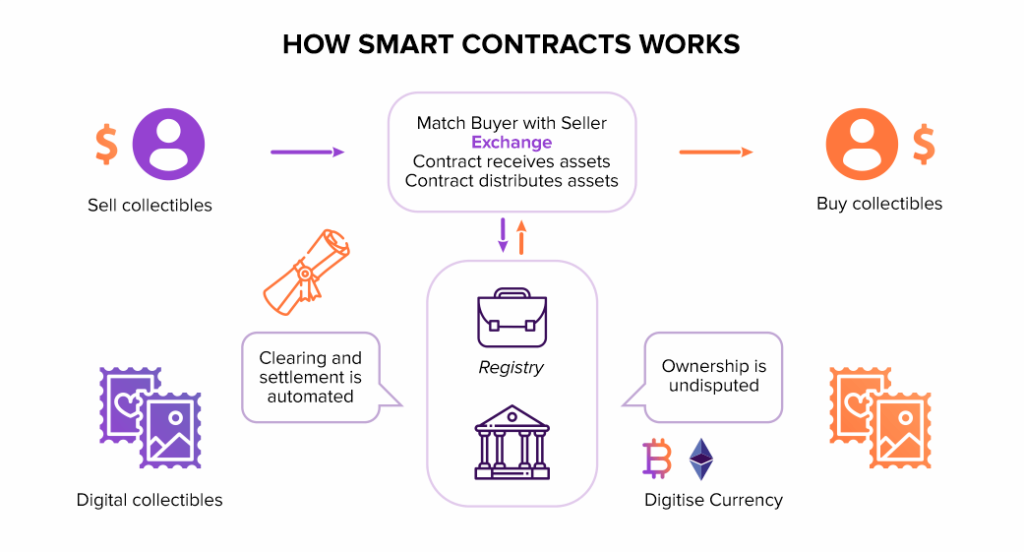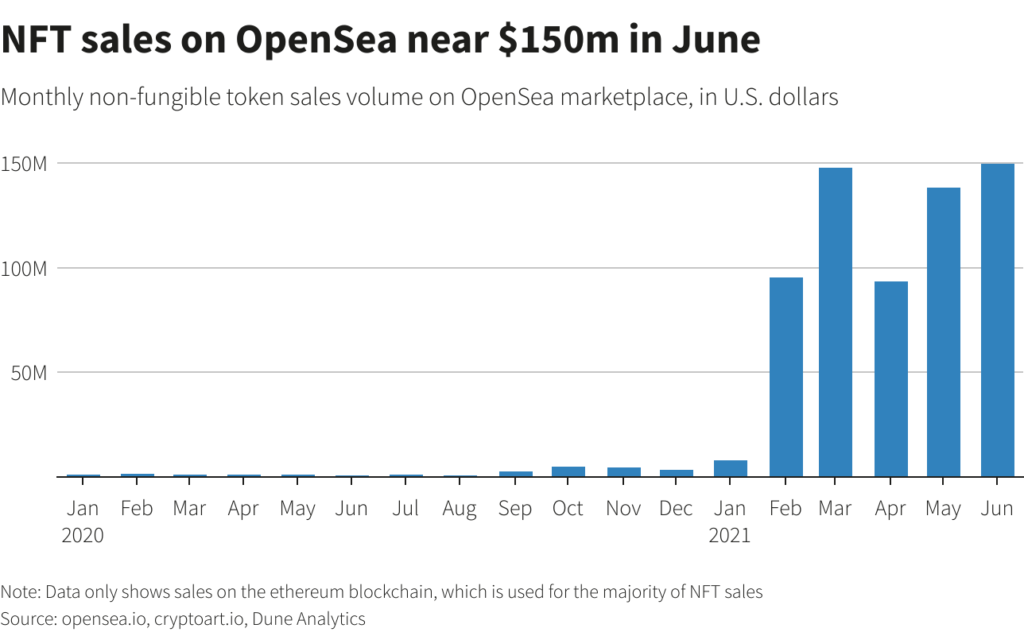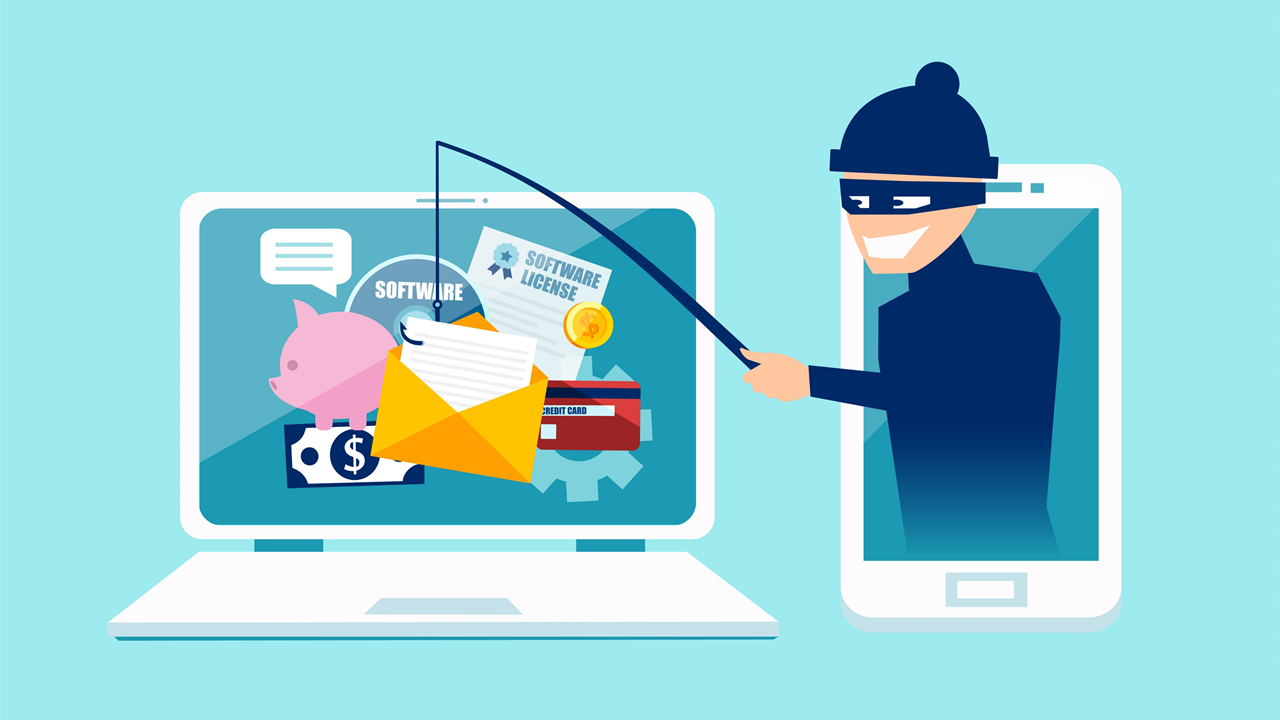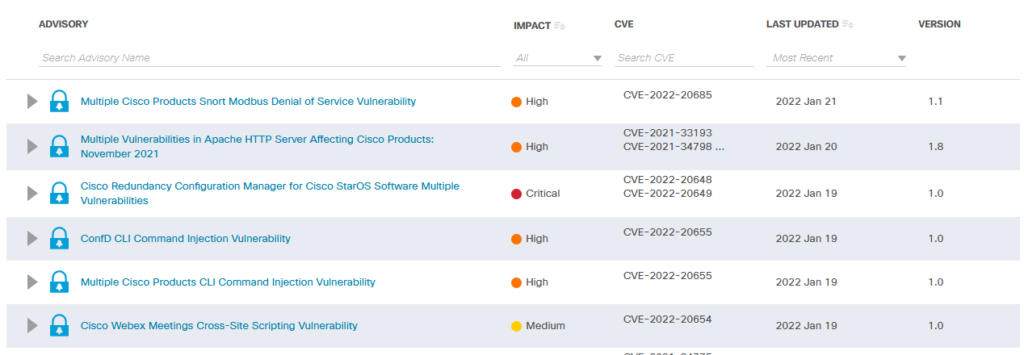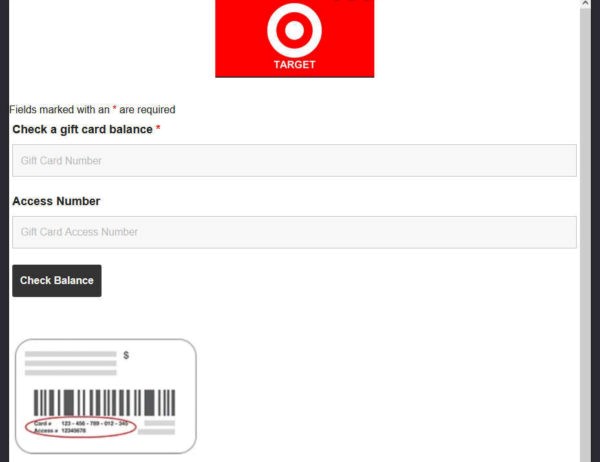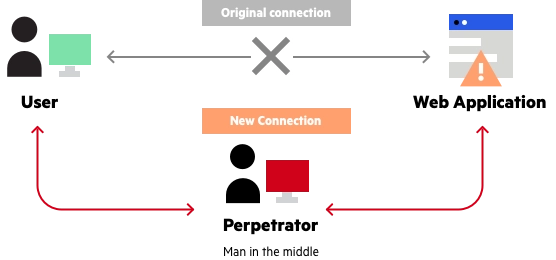Hello. This is the Department of Justice…
A bot from an unknown number
Commerce has forever run-on information: from ascertaining market segments, calculating demand, dealing with invoices, or remembering whether your regular customers prefer shaken or stirred. Modern business has taken the use of information in day-to-day activities and multiplied it a thousand-fold, to the point where information peddling has become a lively industry itself, transforming economies into information producing and consuming machines (Lengel). Customers of information companies use this information to reduce uncertainty; using data to better target, service, or introduce new kinds of products to the market, with the notion that the information correctly identifies a demand. The applications of information are nigh endless; it is thus the demand for the data commodity is high, and the rising prices reflect this. A firm is a at a distinct advantage if it cannot afford useful data, or perhaps they want information that cannot be obtained without dubious means but would put them at a distinct advantage over direct competitors. It is thus people turn to a bustling and growing marketplace: the information black market.
Black market information markets typically contain buyers and sellers of illegally obtained information, credentials, identities, credit cards, or anything someone is willing to exchange currency for. Individuals and organizations can purchase or sell information to engage in a variety of activities both malicious and benign. Ever gotten a call from the “revenue service”, or perhaps the “justice department”; usually a bot asks you to provide a credit card or to phone another number to resolve the situation. Chances are your number was acquired through the security breach of a service you willingly provided it to. The number was then obtained through the leak or sold to someone wanting to make a quick buck out of social engineering. This is a typically transaction in the information black market, and many cyber criminals involve themselves by attempting to access the databases of large organizations to steal user/customer data and peddle it to those who can profit from it. Innocent business decisions can be greatly enhanced using black-market data. Even browser cookies have become peddled wares at various information chop shops (Krebs on Security); the black market meta will continue to evolve as the world becomes more digitized, and new threats will emerge through the growing demand for user data and confidential information.
It is concerning to think that information pertaining to you is out there, and not you nor anybody knows who has it or what it is being used for. As the information black market grows, and chop shop operations become more sophisticated, it is not too farfetched to think that cyber criminal will turn on each other to an even greater extent than what was posted at KrebsonSecurity.com. I imagine at some point there will be services to wipe one’s information off information markets, where you would pay to have a hacker breach a shop and remove info pertaining to yourself. The demand for information as a commodity will only grow, and as information becomes more extensive, intimate, and essential to our everyday lives, it is reasonable to think that the conflict surrounding information will grow as well, analogous to the conflict involving commodities such as natural gas. It’s even more concerning that information you willingly entrust to companies or organizations is being used in the same manner as those in the information black market, as we will touch on next.
We live in an information economy. The problem is that information’s usually impossible to get, at least in the right place, at the right time.
Steve Jobs
The legality surrounding information gathering and selling by corporations is murky at best, with most lawmakers being unable to keep up with the rapid progression and innovation around technology. The Wall Street Journal reported that in 2020 Amazon was actively “scooping up information from independent sellers” (Diaz, 2020) to gain the upper hand in creating competing products. Whether these sellers are legitimate enterprises or not, the precedent is set; information is an invaluable commodity that will eagerly be purchased, or sold, all in the name of profit. The demand for useful information will only feed the black market and make hacking or breaching a more lucrative profession that is worth the legal risks. I feel in the future we will see more aggressive, organized, and invasive hacking operations as payoffs become grander. The upside to this is that as the monetary gains from security breaching increases, so too will the demand for protection against these attacks, creating opportunities for those in the cyber security field, or those who find ways to better encrypt and protect personal information. The development of attack and defense methodologies are near parallel, so one should not believe the situation to be hopeless. However, nobody wants to be the subject of a new breaching technique before it can be effectively countered, making the threat looming and indeed daunting.
It is also interesting to think about how many “breaches” were accidental. If the money is right, are companies letting their databases be unlawfully perused, and if not now, will they? How will the evolution of data and data structures affect the war between info bandits and law enforcement? In terms of the information economy, I believe we are in the Wild West, and personally I think the situation will have to get worse before it will get better. Let me know what you guys think of the information black market, and how it may have affected you in the past or continues to affect you.
Sources:
Diaz, J. (2020, December 15). Amazon, Tiktok, Facebook, others ordered to explain what they do with User Data. NPR. Retrieved January 23, 2022, from https://www.npr.org/2020/12/15/946583479/amazon-tiktok-facebook-others-ordered-to-explain-what-they-do-with-user-data
JOURNALISM AND MASS COMMUNICATION – Vol. II – The Information Economy and the Internet – Laura Lengel, from https://www.eolss.net/sample-chapters/C04/E6-33-03-01.pdf
Crime Shop Sells Hacked Logins to Other Crime Shops – KrebsonSecurity, from https://krebsonsecurity.com/2022/01/crime-shop-sells-hacked-logins-to-other-crime-shops/








